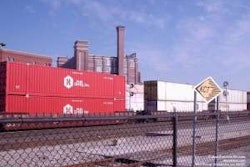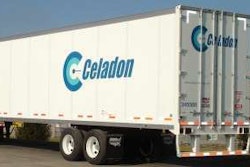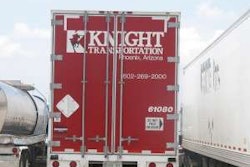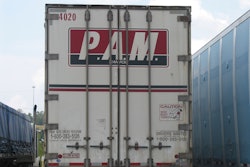Frozen Food Express Industries Inc. on Thursday, July 28, announced total operating revenue for the second quarter ended June 30 increased $6.4 million to $101.3 compared to $95.0 million in the same period of 2010. Total operating revenue, net of fuel surcharges, decreased slightly to $78.6 million compared to $80.0 million. Net loss decreased to $3.3 million compared to a $4.4 million loss.
For the six months ended June 30, total operating revenue increased 7.0 percent, or $12.6 million, to $193.4 million compared to $180.8 million in the same period of 2010. Total operating revenue, excluding fuel surcharges, decreased 0.8 percent to $152.1 million from $153.3 million. Net loss was $11.2 million compared to a net loss of $8.2 million.
Truckload revenue during the second quarter declined 3.9 percent, as a 1.9 percent increase in price was not sufficient to offset a 6.5 percent decline in loaded miles, said Russell Stubbs, president and chief executive officer of the Dallas-based company. “We continue to be challenged by the driver shortage, which is reflected in our decline in loaded miles as we averaged 15 less trucks in service during the quarter,” Stubbs said. “We have continued to divert drivers from our dry fleet to support our temperature-controlled fleet, which is the backbone of our services.”
Stubbs said pricing for the company’s less-than-truckload services stabilized during the second quarter, and demand continues to improve. “Demand and pricing for our refrigerated truckload and LTL services continues to improve,” he said. “However, like others in our industry, our growth in truckload services remains constrained by an industrywide shortage of qualified drivers. Like many in the trucking industry, we are impacted by the continued exodus of owner-operators from the industry. This has hit FFE, and the industry, harder than expected.”
Stubbs said that on the positive side, the company’s new FFE Driver Academy continued to gain enrollment during the second quarter and helped to partially offset the pace of decline in owner-operator trucks. “We expect the Driver Academy to continue to provide new, highly motivated and skilled drivers to supplement our driving force, which will allow us to provide additional capacity and grow our revenue base,” he said. “We continue to be concerned about fuel costs and the rising costs of equipment and equipment related repairs and supplies. We are taking steps to control these costs and feel certain that through these efforts and the revenue gains that will come from a growing driver force, we will return to profitability.”










